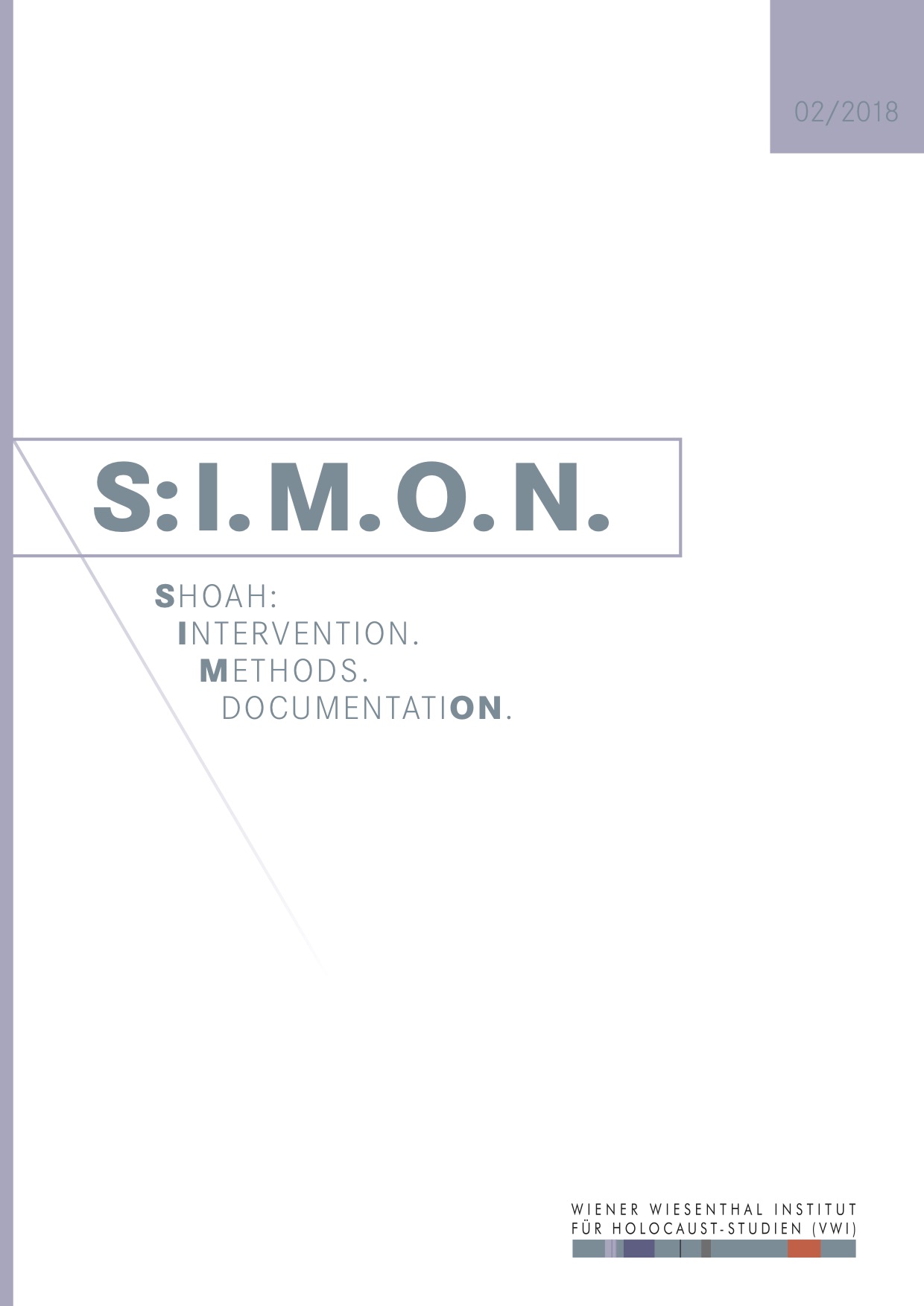Jan Masaryk and the Palestinian Solution
Solving the German, Jewish, and Statelessness Questions in East Central Europe
DOI:
https://doi.org/10.23777/SN0218/ART_SCRA01Keywords:
German Question, Jewish Question, Statelessness, Jan MasarykAbstract
This article uses war-time speeches, notes scribbled on postwar planning pamphlets, confidential government letters and private conversations from the early to mid-1940s to demonstrate how Jan Masaryk’s understanding of postwar Jewish questions, namely who belongs to the Jewish people and where do those Jewish people belong geographically, cannot be unwoven from broader questions regarding German belonging in the Czechoslovak body politic. While the Czechoslovak Foreign Minister remained committed to resolving statelessness as a condition and wanted to protect Czech and Slovak-speaking Jews in his reconstituted postwar state, his commitment to purging Czechoslovakia of its German minority trumped his other beliefs. This obsession with cleansing the Czechoslovak body politic of Germans and German groupness captivated Jan Masaryk so much that he sometimes failed to differentiate German-speaking Czechoslovak Jews from the broader ethnically German mass. Therefore, scholars who desire to understand how Jan Masaryk utilized his power and influence to keep the bricha flowing across the Polish-Czechoslovakian border in 1946 or how he lobbied for the creation of a Jewish polity in the Middle East, must evaluate how his broader Weltanschauung necessitated the reorganization of all east central European peoples along political lines. In this way, Masaryk¹s postwar commitment to enabling Jewish movement away from east central Europe and towards a faraway, ethnicized polity is best understand within the context of the overall ethnic revolution, which gripped the region between Berlin and Moscow across the 1940s.
Abstract View:
684Published
How to Cite
Issue
Section
License
S:I.M.O.N. operates under the Creative Commons Licence CC-BY-NC-ND (Attribution-Non Commercial-No Derivatives). This allows for the reproduction of all articles, free of charge, for non-commercial use, and with appropriate citation information. Authors publishing with S:I.M.O.N. should accept these as the terms of publication. The copyright of all articles remains with the author of the article. The copyright of the layout and design of articles published in S:I.M.O.N. remains with S:I.M.O.N. and may not be used in any other publications.




